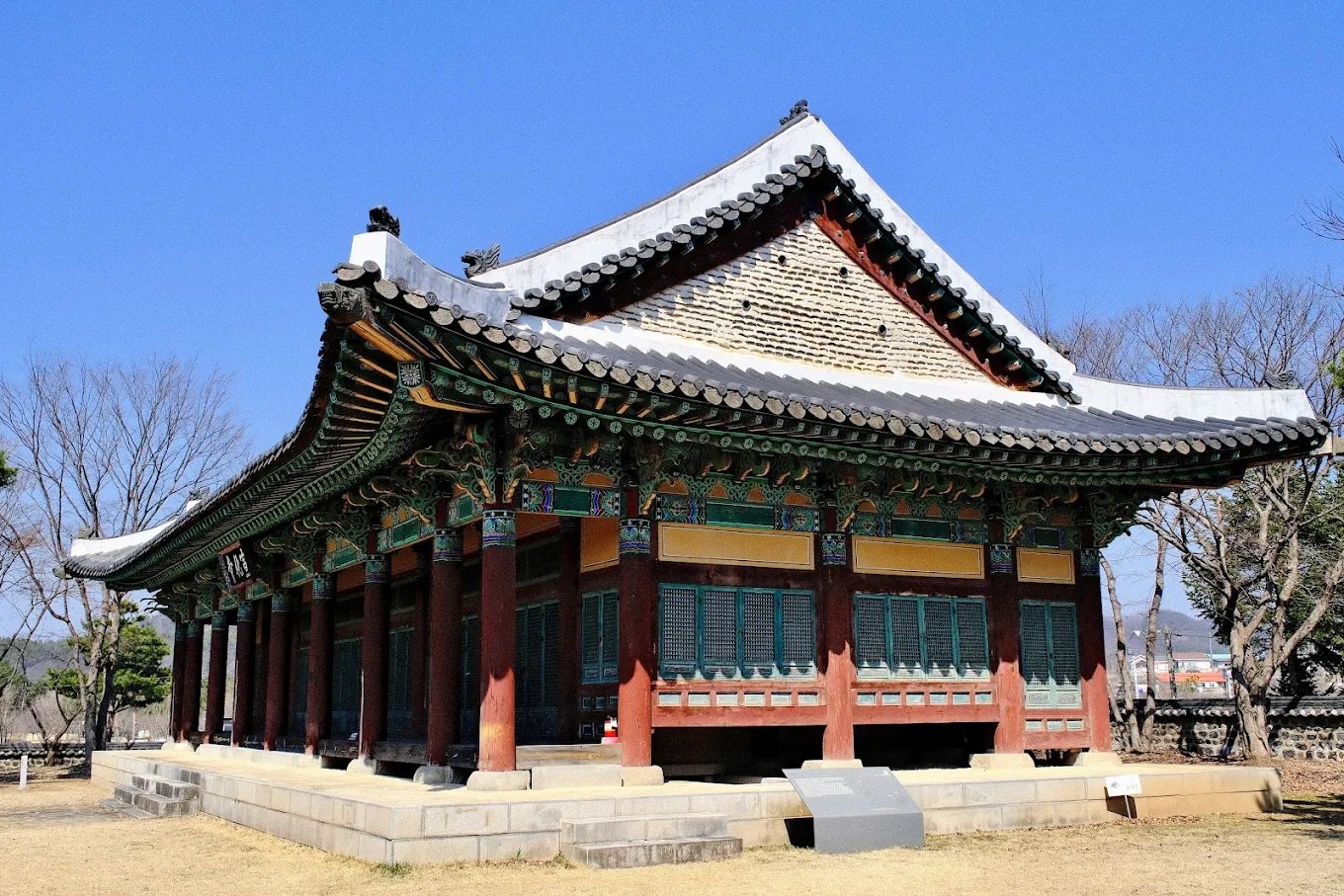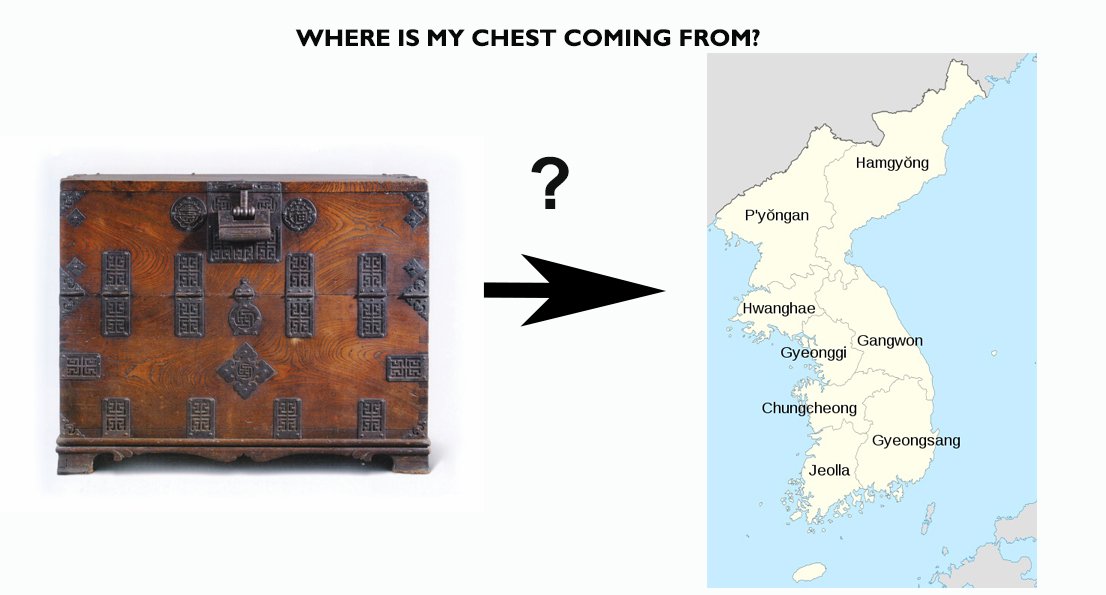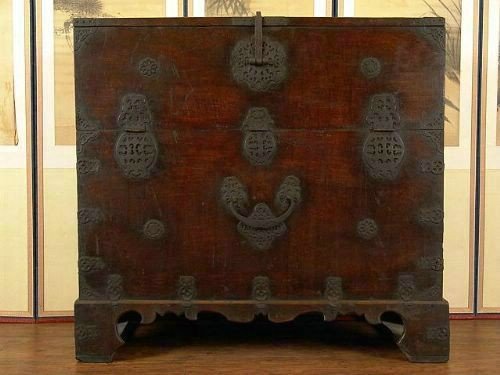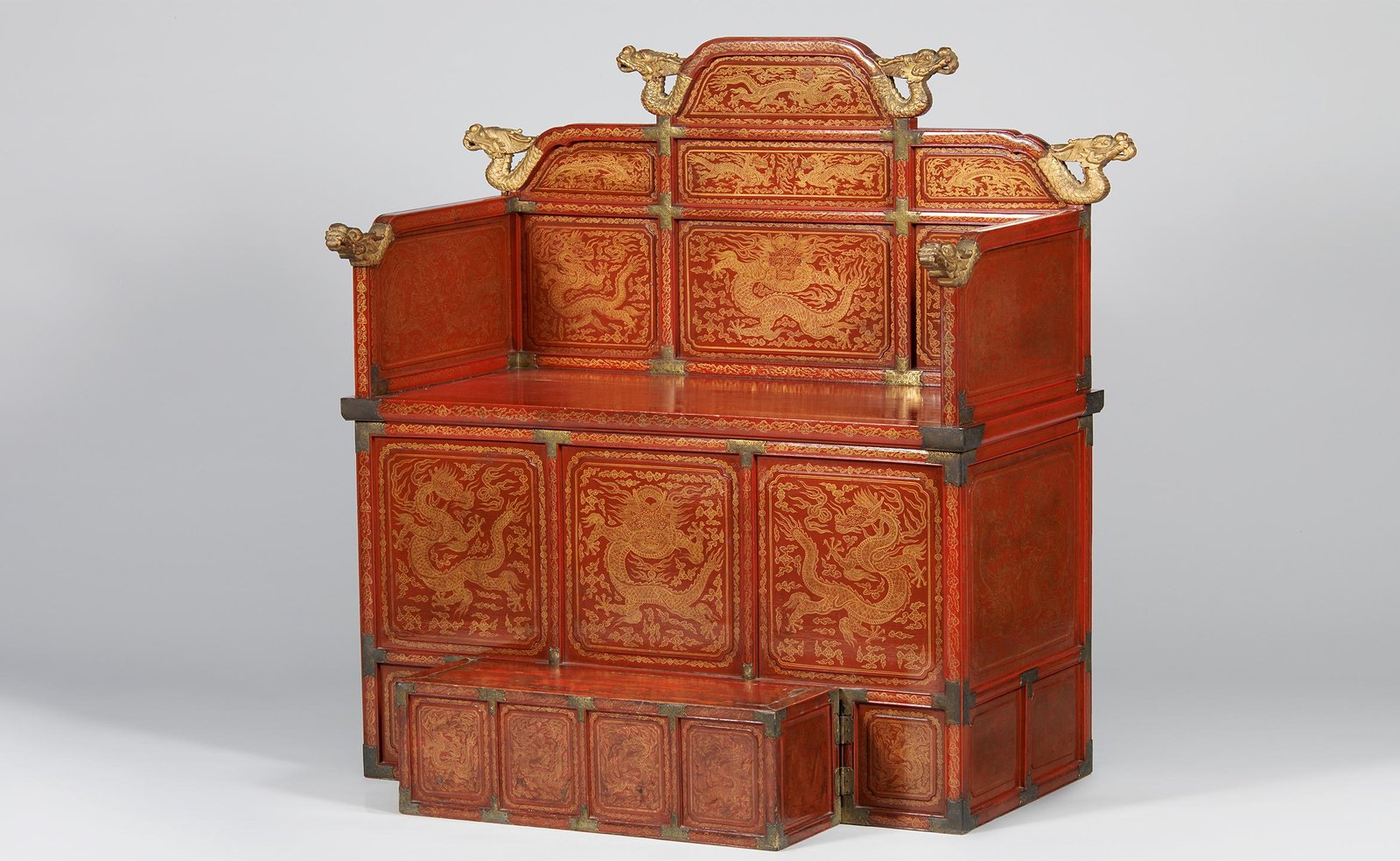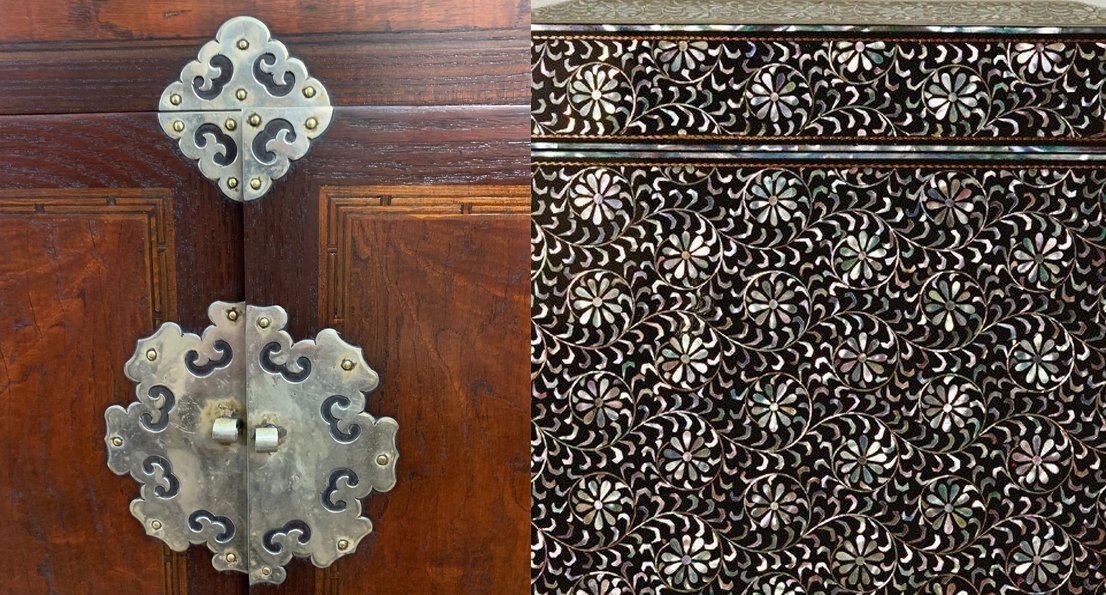If you wish to know more about your items, and want us to examine your pictures and give you more detailed information about your item origin, or if your item is real antique or not, Do not hesitate to contact us by email at: tortuebangkok@gmail.com. Send us photos to assist in identifying your pieces. Precise […]


